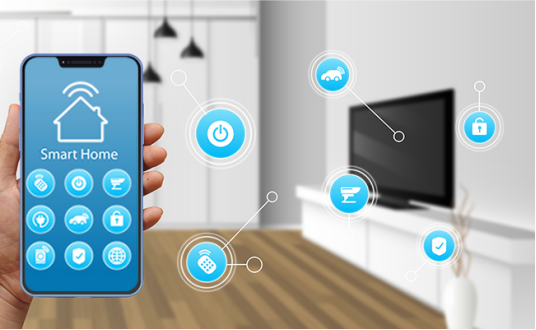The Internet of Things (IoT) is revolutionizing various industries by connecting devices, sensors, and systems to the internet, enabling data collection, analysis, and automation. Embedded IoT devices are at the core of this technological transformation. These devices come in various forms, from smart sensors and wearable gadgets to industrial machines and environmental monitoring systems. A critical consideration in the development and deployment of embedded IoT devices is the choice of wireless network technology. In this article, we will explore several wireless network technologies that are compatible with embedded IoT devices and their key characteristics.

1. Wi-Fi (Wireless Local Area Network)
Wi-Fi is a widely adopted wireless networking technology that offers compatibility with a broad range of IoT devices. It provides high-speed data transfer capabilities, making it suitable for applications in homes, offices, and public spaces. Embedded IoT devices can connect to the internet via Wi-Fi, enabling high-bandwidth data transmission. Common applications include smart homes, video surveillance systems, and industrial automation.
2. Bluetooth Low Energy (BLE)
Bluetooth Low Energy (BLE) is specifically designed for low-power, short-range communication, making it highly compatible with embedded IoT devices. It is commonly used in wearable devices, smart sensors, and health monitoring equipment. BLE's energy-efficient characteristics make it an ideal choice for battery-powered devices.
3. Zigbee
Zigbee is a low-power, self-organizing wireless network technology that is particularly suitable for smart homes and industrial automation applications. It allows a large number of embedded IoT devices to form their own network and collaborate on tasks such as smart lighting, smart locks, and factory automation systems.

4. LoRaWAN
LoRaWAN is a long-range, low-power wireless technology widely used for remote monitoring and sensing applications in the IoT, including smart agriculture, smart cities, and environmental monitoring. It offers exceptional signal penetration capabilities and is suitable for wide-area coverage.
5. Cellular Networks
Cellular network technologies such as 3G, 4G LTE, and 5G are compatible with embedded IoT devices. They provide wide-area coverage and high-speed data transmission capabilities, making them suitable for applications requiring long-distance connectivity, such as vehicle tracking, smart traffic systems, and remote healthcare.
6. NB-IoT and Cat-M (LTE-M)
Narrowband IoT (NB-IoT) and LTE-M (Cat-M) are variations of LTE technology specifically designed for IoT devices. They offer low power consumption, wide-area coverage, and reliable connectivity, making them suitable for large-scale deployments of embedded IoT devices, including smart metering, smart city infrastructure, and logistics tracking.
7. Satellite Communication
Satellite communication can provide connectivity to embedded IoT devices in remote and isolated areas where traditional wireless networks are unavailable. This technology is valuable for applications such as remote asset tracking, maritime IoT, and environmental monitoring in remote regions.
Conclusion:
The compatibility of wireless network technologies with embedded IoT devices plays a pivotal role in the success of IoT applications across various domains. The choice of the appropriate wireless network technology depends on factors such as bandwidth requirements, coverage range, power consumption constraints, and application-specific needs.Developers and organizations must carefully evaluate their IoT project's requirements and objectives to select the most suitable wireless network technology. In many cases, a combination of different technologies may be employed to achieve the desired connectivity and functionality. As IoT continues to evolve, the compatibility of wireless networks with embedded devices will remain a critical consideration in building the interconnected world of the future.
 Trolink Joint With Tuya to Make Iot Benefit Every Family
Trolink Joint With Tuya to Make Iot Benefit Every Family
 5 Key Indicators for WiFi Module Selection You Have to Know !
5 Key Indicators for WiFi Module Selection You Have to Know !
 IOT module is the brain of smart products
IOT module is the brain of smart products
 What is the signal coverage range of the WiFi module chip?
What is the signal coverage range of the WiFi module chip?